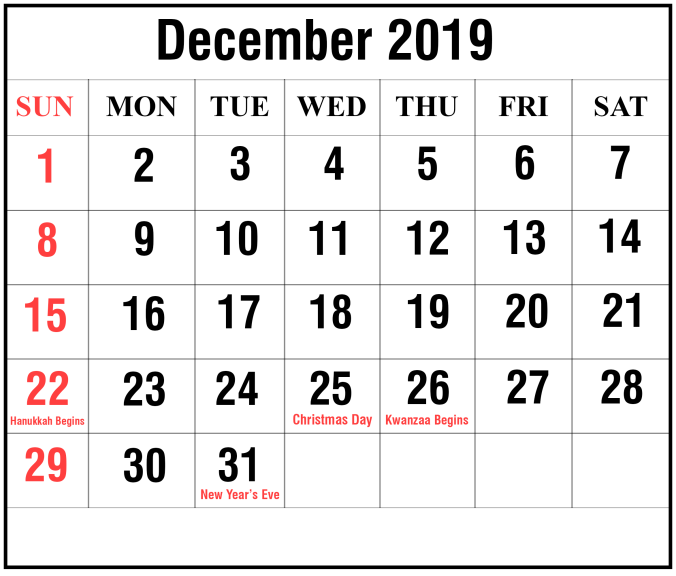A similarly refinement of the calendar become the creation into relationship of the place of a yr consistent with its function in terms of the orbital revolution of the planet Jupiter, known as bṛhaspati in Sanskrit. Jupiter has a sidereal duration (its movement with appreciate to the “fixed” stars) of 11 years, 314 days, and 839 minutes, so in almost 12 years it is lower back into conjunction with the ones stars from which it commenced its orbit.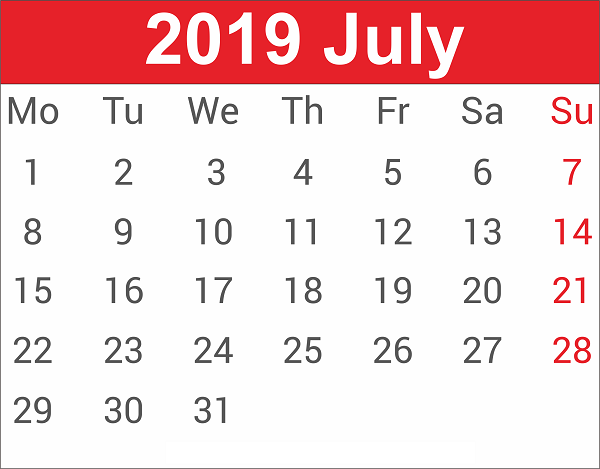
Its synodic period brings it into conjunction with the sun every 398 days and 88 mins, a touch extra than a 12 months. as a result, Jupiter passes about the equal series of nakṣatras in a length of almost 12 years because the solar passes in 365 days and about the same nakṣatras in a year because the sun in a month. A yr then may be dated because the month of a 12-12 months cycle of Jupiter, and the date is given as, for example, grand month of Caitra.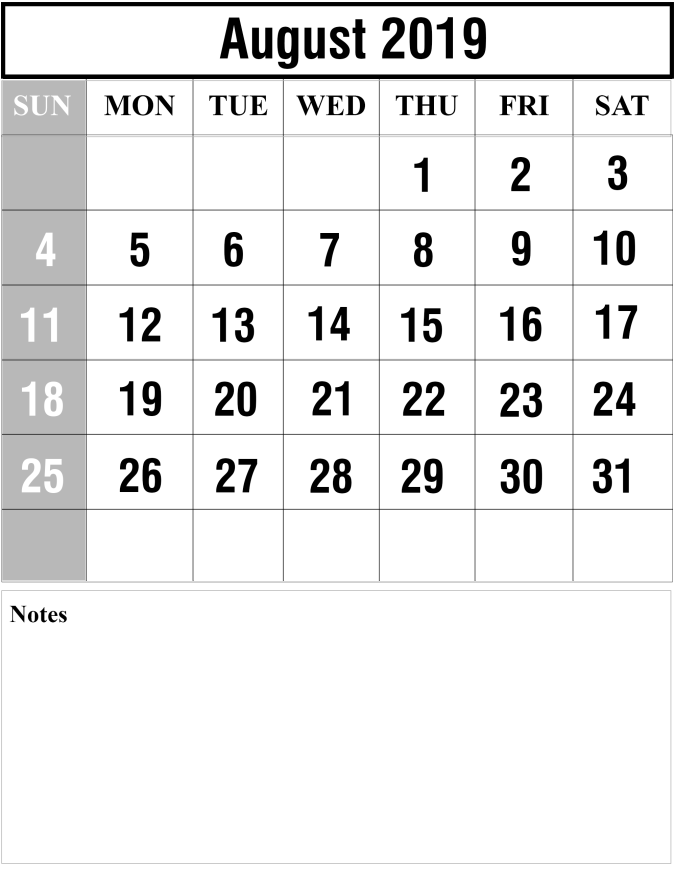
this is prolonged to a unit of 5 cycles, or the 60-12 months cycle of Jupiter (bṛhaspaticakra), and a “century” of 60 years is fashioned. This device is understood from the 6th century CE onward. At the opposite stop of the scale, extra precision is added to the day. each tithi is divided into two halves, known as karaṇas. The natural day is split into units ranging from a vipala (zero.4 2nd) to a ghaṭik (24 minutes) and an “hour” (muhūrta) of forty eight minutes; the entire herbal day has 30 such hours.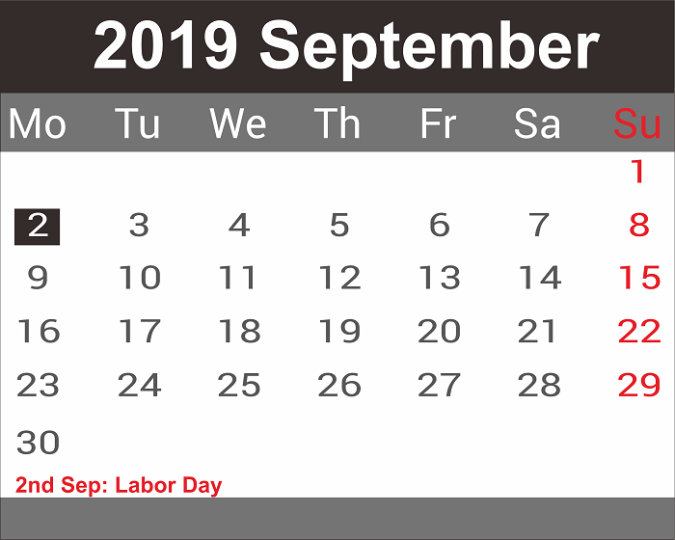
The day begins at sunrise; the primary six ghaṭikās are early morning, the second one set of six midmorning, the 0.33 noon, the fourth afternoon, the fifth evening. night lasts via three devices (yāma) of time: six ghaṭikās after sunset, or early night; two of midnight; and 4 of sunrise.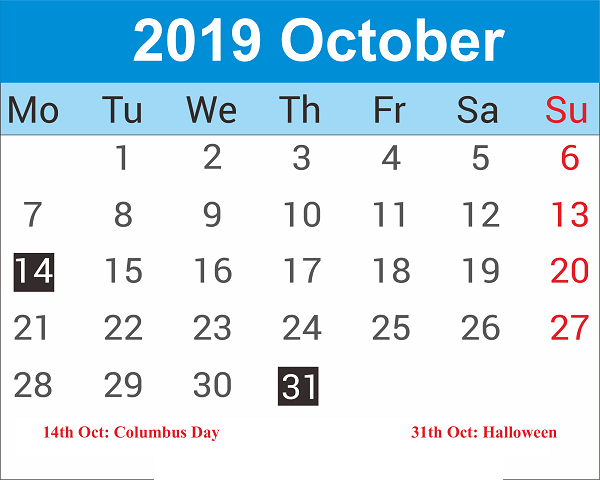
There are some secular state vacations (e.g., Independence Day) and a few solar vacations, inclusive of the entry of the solar into the signal of Aries (meṣa-saṃkrānti), marking the start of the brand new astrological 12 months; the sun’s entry into the signal of Capricornus (makara-saṃkrānti), which marks the winter solstice but has coalesced with a hoary harvest pageant, which in southern India is very widely celebrated because the Poṅgal festival; and the mahāviṣuva day, that’s New year’s Eve. however all other critical fairs are primarily based on the lunar calendar.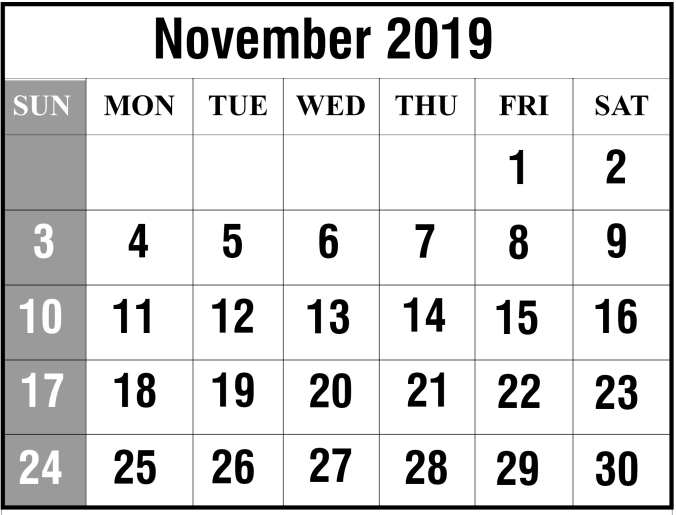
due to the high specialization of deities and activities celebrated in special areas, there are hundreds of such festivals, most of which might be located in smaller areas, even though a few have followings all through India. A noticeably selective listing of the major ones, countrywide and nearby, follows. (See alsoHinduism: Sacred times and places.)